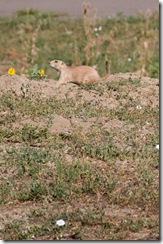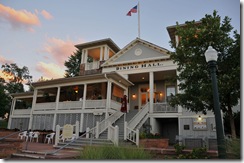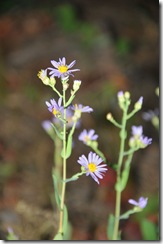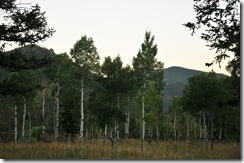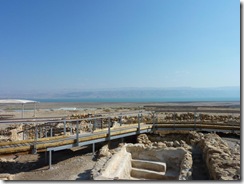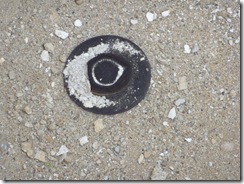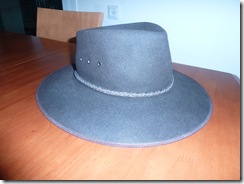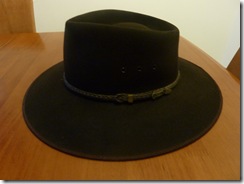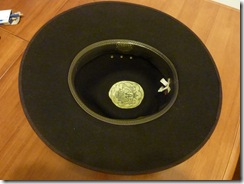American Cowboy recently issued a Collector’s Edition dedicated to John Wayne. Page 46 features a picture of Wayne in traditional western gear. They then list all of the places you can purchase similar items today. We are pleased that American Cowboy recommended David Morgan’s own Edge Ridge Hat Band. The article was written by accomplished Western Stylist Thea Marx.
All of our braided hat bands are made of kangaroo leather. Besides being one of the strongest leathers around, kangaroo leather is also supple and light. Not only do we use it for our hat bands, but also for our chin straps and whips.
LEARN MORE ABOUT:




